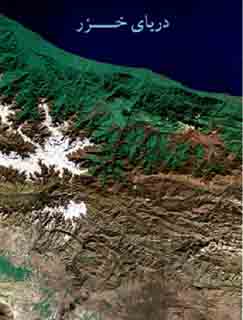Document Type : Research Paper
Authors
1 Member of Faculty, University of Lorestan
2 Bachelor of Exploration Management, National Iranian Oil Company
Abstract
Like other natural phenomena of the universe, the inclination angle of the axis of the Earth is significantly variable. These changes can be divided into two groups. First, regular cyclic changes of the inclination angle of the Earth, which is part of the Milankovitch changes, and whose magnitude of positive and negative values in every 41,000 years are plus and minus 3.5. The second, long-term geological changes of the Earth's inclination angle, which seems to be one-sided and gradually decreasing since the beginning of the Phanerozoic Era (450 million years ago). Factors such as friction caused by tidal waves and separation of the Earth’s Flesh and Crust have contributed to this phenomenon. Long-term changes in the inclination angle of the Earth and its decrease have caused the formation of seasons as well as climatic division of geographic latitudes.

